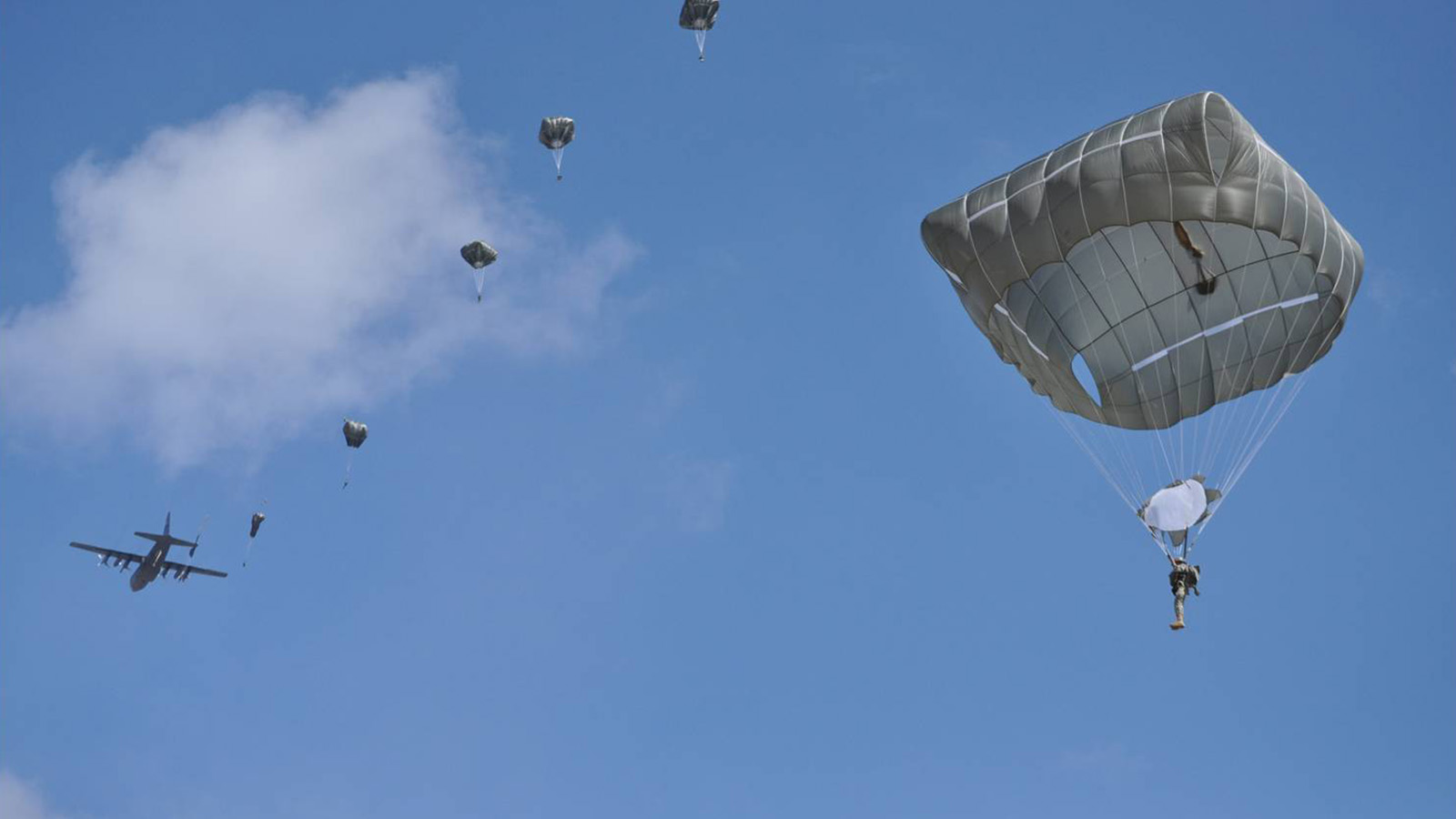Stay Up to Date
Submit your email address to receive the latest industry and Aerospace America news.
The Aerodynamic Decelerator Systems Technical Committee focuses on development and application of aerodynamic decelerator systems and lifting parachutes, pararotators and inflatables for deceleration, sustentation and landing of crewed and uncrewed vehicles.
In May, after more than five months docked to the International Space Station, SpaceX’s Crew Dragon spacecraft Resilience returned to Earth, landing in the Gulf of Mexico under four main parachutes. Crew-1, the first operational mission of NASA’s Commercial Crew Program, launched to the ISS with four astronauts from Kennedy Space Center in Florida in November 2020. The second operational crew lifted off in April aboard the Crew Dragon Endeavour, docked with ISS and returned to Earth in November.
The U.S. Army Combat Capabilities Development Command Soldier Center conducted the final two operational demonstrations for the Autonomous Aerial Insertion and Resupply into Dense, Urban Complex Terrain, or AAIRDUCT, joint capability technology demonstration, sponsored by the Office of the Secretary of Defense in conjunction with U.S. Transportation Command, U.S. Special Operations Command and U.S. Central Command. The goal of this project was to rapidly develop precision aerial delivery technologies in the 23-kilogram to 230-kg range, with a focus on increased maneuverability in urban environments and areas without GPS. As part of the effort, the center developed a two-stage device known as the 230-kg High Altitude Aerial Release System that uses a small drogue to descend quickly from high altitudes and deploys multiple low-cost low-altitude parachutes closer to the ground for a low-velocity impact.
The Soldier Center also continued developing the next generation of Joint Precision Airdrops Systems in the 23- to 230-kg (ultralight) weight class and 11- to 23-kg (microlight) weight class. The center conducted demonstrations in March and May at Yuma Proving Ground in Arizona. It deployed systems from C-17A Globemaster III, C-130J Super Hercules and C-27J Spartan aircraft and a UH-60 helicopter from altitudes up to 7.6 kilometers. The Soldier Center worked with U.S. Central Command and Army Evaluation Command to conduct an operational evaluation and military utility assessment to determine the operational utility and effectiveness of the developed technologies. The center is working to transition these capabilities to programs of record to be incorporated into future Army products.
In February, the Soldier Center tested leading commercial and allied nations’ static line personnel parachute systems to characterize the performance of potential replacements to T-11 parachute systems and to inform requirements generation. This data, and supporting analysis, will drive technical development efforts for a next-generation static line parachute system.
Stay Up to Date
Submit your email address to receive the latest industry and Aerospace America news.




